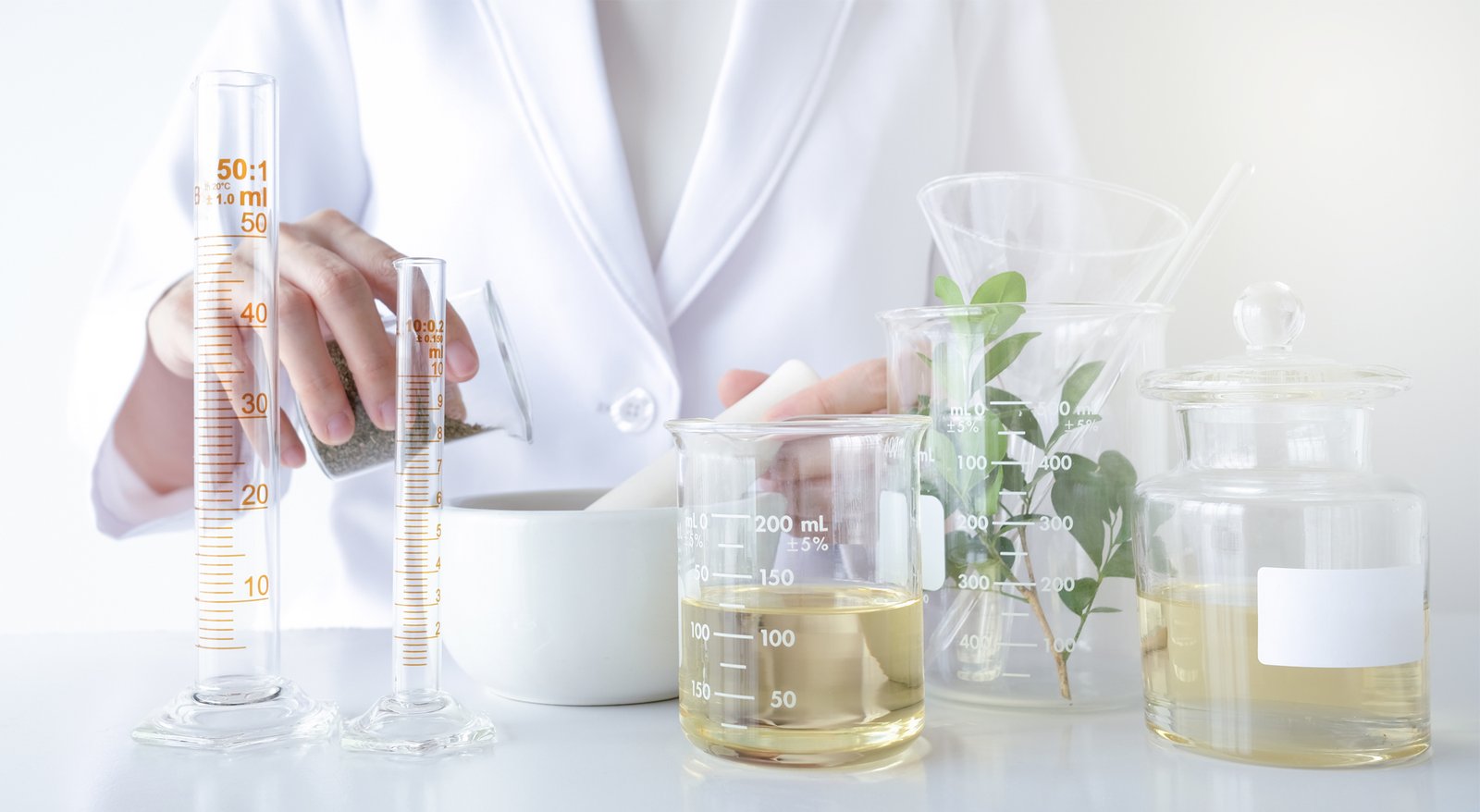
What are the potential risks of not following safety guidelines when using essential oils?
The potential risks of not following safety guidelines when using essential oils are significant. Despite their numerous benefits, it is vital to be aware of the possible adverse reactions associated with their usage. Using essential oils without proper education and guidance can have potentially harmful consequences. Therefore, it is highly recommended not to take self-treatment lightly with essential oils.
Mother Nature Essences strongly advises against using any oils orally unless you have a clinical aromatherapy certification or are acting under the guidance of a trained professional and registered aromatherapist.
Although the following safety guidelines are intended to be a helpful introduction, they should not be considered a complete safety reference for correctly using essential oils.
Nowadays, it is vital to raise awareness about the safety of essential oils.

- Use extreme caution when using oils with children or older adults.
- Some essential oils should be avoided during pregnancy, asthma, epilepsy, high blood pressure, or other health conditions.
- Avoid using essential oils near the genitals, mouth, nose, eyes, and ears.
- Essential oils are not mixed with water and should never be added to bathwater without diluting/solubilization.
- Essential oils and blends are not always safe for our dogs, cats, birds, horses, or other pets.
- Essential oils are flammable. Keep them out of the way of fire hazards.
- Review the safety precautions associated with each essential oil you use.
- Be careful to keep all essential oils out of children’s reach.
SAFETY GUIDELINES:
General Toxic Effects
Some essential oils can be hazardous, dangerous, and toxic if ingested or used in high concentrations. Always research and use caution when working with essential oils to ensure your safety and those around you. It’s also a good idea to store essential oils out of reach of children and pets to prevent accidental ingestion or exposure.
Never use water to flush an essential oil off the skin, as this may increase discomfort.
Instead, if you experience a hot or burning sensation, have discomfort and irritation, or develop a rash, immediately saturate the affected area with any carrier oil like olive oil to dilute the oil. If your reaction is severe, seek medical help or call your doctor.
SAFETY GUIDELINES:
Pregnancy and Children

We need to be especially cautious when using essential oils on children since they have more delicate skin than adults, as their physical bodies are still developing.
The potential dangers of an essential oil depend on the chemical components present in the compound itself, the dosage, the frequency used, the person’s constitution, and the application method.
To ensure the safety of our little ones, add only 5-6 drops of the (carefully chosen) essential oil for every ounce of vegetable oil. Use a dilution of no more than 1% on children under 12.
It is always best to consult a healthcare provider or physician before using essential oils during pregnancy.
There is very little sound evidence that essential oils are abortive and certainly not in the low levels used in aromatherapy treatments. However, some aromatherapy books suggest that oils such as savin, rue, mugwort, pennyroyal, tarragon, thuja, tansy, sassafras, wormwood, wormseed, ho wood, red cedarwood, champaca bark, parsley seed, boldo leaf, and santolina may have abortifacient properties.
Also, some oils such as basil, sage, hyssop, juniper, marjoram, myrrh, sage, fennel, mint, rose, and rosemary can risk developing babies and should not be used during pregnancy.
Avoiding essential oils altogether during the first trimester is generally advised.
Yet, some oils may be used cautiously after this period, but only in a 1% concentration. Falling under this category include:
- Cardamon
- Chamomiles
- Geranium
- Lavender
- Neroli
- Patchouli
- Petitgrain
- Rosewood
- Sandalwood

SAFETY GUIDELINES:
Aromatherapy for Hypertension
Numerous aromatherapy books and training courses indicate certain essential oils as hypertensive, rendering them unsuitable for individuals suffering from high blood pressure. For instance, in various aromatherapy studies, hyssop, rosemary, sage, and thyme are the most frequently mentioned hypertensive oils. (Battaglia 1997 p295), (Davis 1999 p153), (Valnet 1980 p220, 260, 272, 288).
Yet, there is some uncertainty around whether or not this advice is based on solid evidence. Indeed, according to Tisserand, the basis for this information is elusive.
Some essential oils may present a risk to some hypertensive patients at certain doses /routes /combinations. However, until we know more about where those risks lie, there is no case for contraindication of essential oils.
Robert Tisserand, 2010
SAFETY GUIDELINES:
Skin Irritants
Photosensitization may occur when some chemical constituents react to ultraviolet light, causing the skin to become inflamed, blistered, and red/burned. The most coomon phototoxic agents are the furanocoumarins.
Essential Oils Phototoxicity Degree
- Severe: Fig Leaf (absolute), Verbena (absolute)
- Strong: Angelica Root, Bergamot*, Lime (expressed), Rue
- Moderate: Orange Bitter (expresses), Lemon (expressed), Grapefruit (expressed)

Commonly Phototoxic Essential Oils
- Angelica
- Bergamot
- Cedarwood
- Grapefruit
- Lavender
- Lemon
- Lime
- Mandarin
- Neroli
- Orange
- Petitgrain
It is highly recommended that products containing phototoxic essential oils should not be exposed to the sun for a minimum of 24 to 48 hours after application. This cautionary measure is taken to ensure that the applied area(s) are not adversely affected by the sun’s rays.
References
Dr. Jean Valnet, The Practice of Aromatherapy, C.W. Daniel Co. Ltd, Saffron Walden, Essex, 1980.
Patricia Davis, Aromatherapy, An A-Z, C.W. Daniel Co. Ltd, Essex, England, 1988 reprinted 1994.
Salvatore Battaglia, The Complete Guide to Aromatherapy, The Perfect Potion (Aust) Pty Ltd, Virginia, Q, Australia, 1997.
Tisserand, Robert & Balacs, Tony, Essential Oil Safety A Guide for Health Care Professionals, New York, NY, Churchill Livingstone, 1995.
Tisserand, Robert & Young, Rodney, Essential Oil Safety: A Guide for Health Care Professionals. 2nd Edition, Churchill Livingstone, Toronto, 2014.

